The Teachings of Zoroaster, and the Philosophy of the Parsi Religion
£5.70
The Iranian prophet and reformer Zarathustra (Greek: Zoroaster) founded his religion in the 6th Century BC. In a series of visions he was taken up to Heaven and Ahura Mazda – creator of all that is good – charged him with enlisting Humanity in the fight against Aura Mainyu – the principle of chaos and destruction – offering Mankind a free choice between Good and Evil. It is hard to overstate the importance of Zoroastrianism. According to Professor of Iranian Studies Dr Mary Boyce: “It was the first to teach the doctrines of an individual judgment, Heaven and Hell, the future resurrection of the body, the general Last Judgment, and life everlasting for the reunited soul and body.” ‘The Teachings of Zoroaster’ is an excellent introduction to this little-known and often misunderstood religion, giving Zoroastrianism its rightful place as the precursor of many Christian, Judaic and Islamic beliefs.
Read more
Additional information
| Publisher | Aziloth Books, Illustrated edition (25 July 2013) |
|---|---|
| Language | English |
| Paperback | 108 pages |
| ISBN-10 | 1909735132 |
| ISBN-13 | 978-1909735132 |
| Dimensions | 12.85 x 0.56 x 19.84 cm |

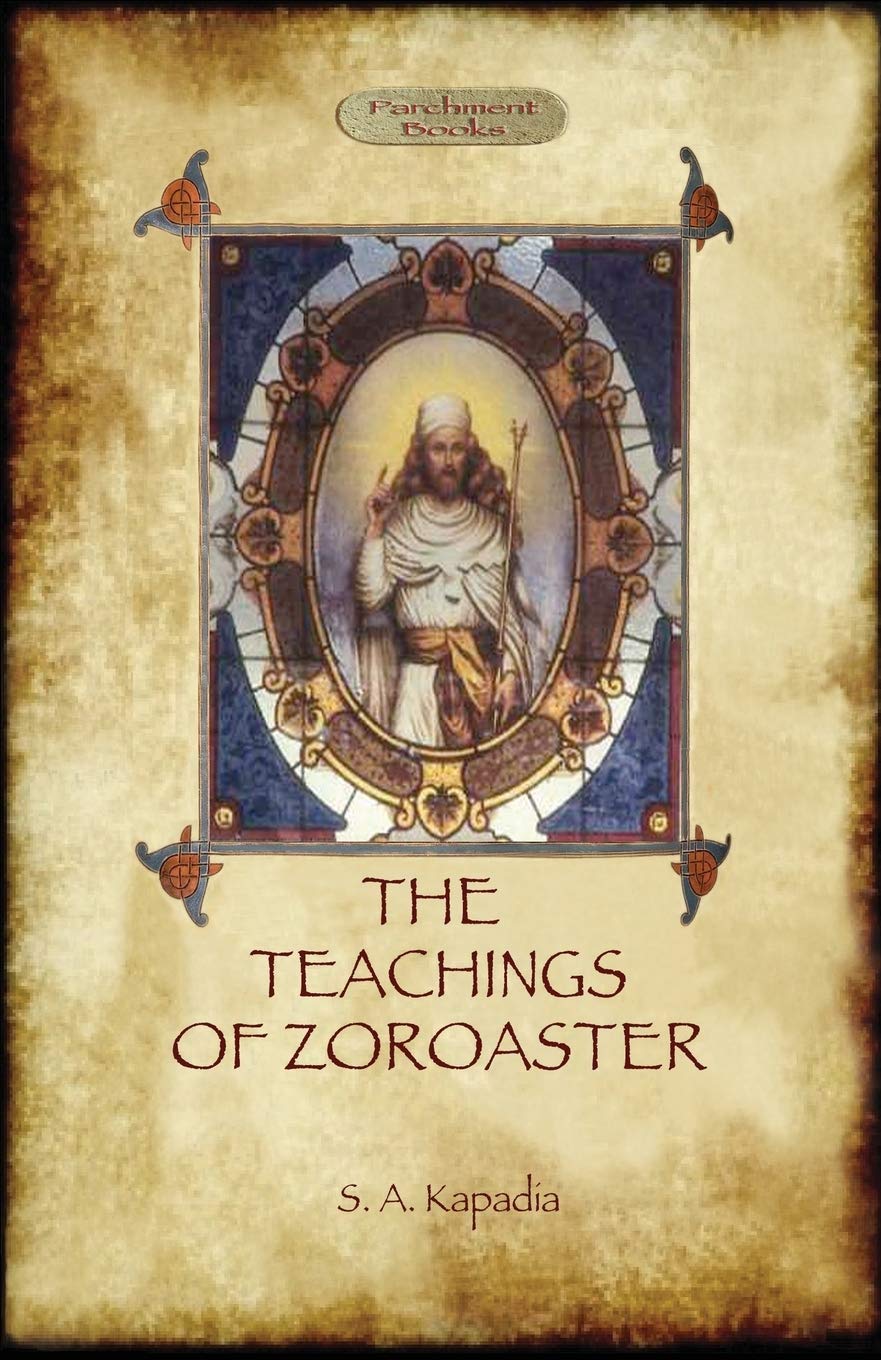
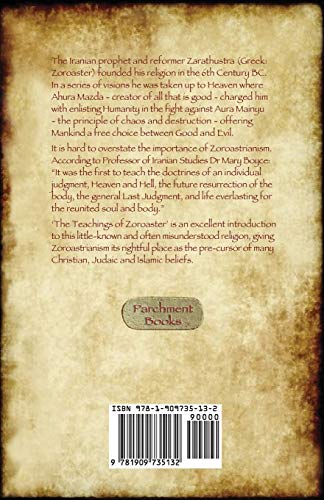
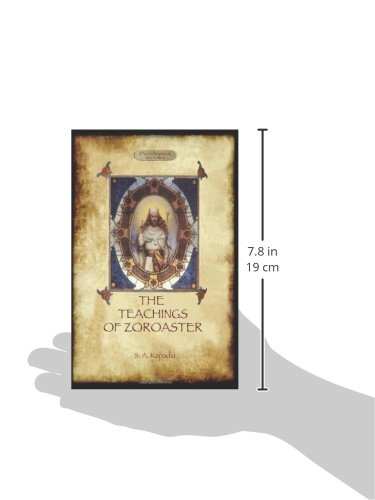
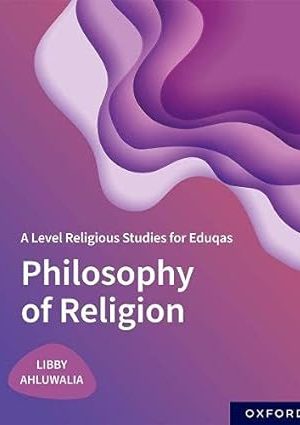
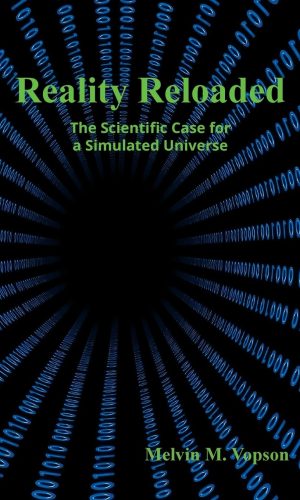
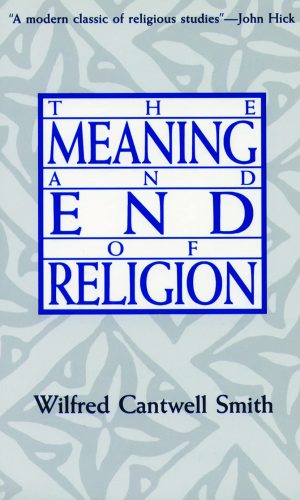


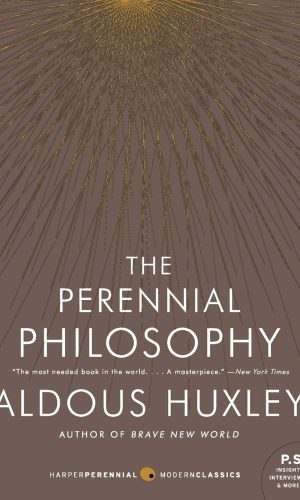
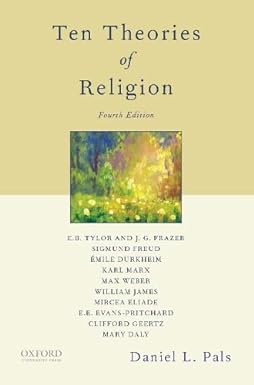

by HareMaitry
The book is very short, it consist more of quotes from the Zoroastrism, than a researchable text. Bought it only, because it was cheap.
by P. Wagstaff
A charming attempt to shoehorn Zorostrianism into the ethos of the British Empire and the tradition of Christianity, even though Zoroastrianism came before Christianity!
I was, however, irritated by its suppression of the duality present in Zoroastrianism.
by tessa casey
Love it
by Sylvia Weaver
Very good if you want to learn about Zoroastrianism easy to understand
by Ecozon
good stuff
by Tony
Good book
by Tony henry
Great book , Love it , great price
by Jon S.
This book is split into two parts. The first part is a rather pompous, self-congratulatory and stylistically old-fashioned history of the Zoroastrian religion, its morals and its view of the cosmos. I struggled with some of names, places and concepts mentioned, which are not well explained. However, having said that, it remains a better explanation of the Zoroaster religion than I found on wikipeida, so I must give it credit for that.
The second half of the book is important quotes from the sacred texts. These are easy to understand and written in simple English. The whole book is relatively short, and I managed to skim read it in a few hours. I now feel armed with enough knowledge to try a reading of the Avesta, the sacred Zoroaster texts. I suppose that means the book has done its job.
If you are looking for a reason to read this book, other than simple curiosity, then I suggest you read it whilst contemplating the second half of the Old Testament. Key Zoroastrian concepts such as resurrection, final judgement and a malevolent spirit tempting you to sin (Satan) only appear in the Jewish religion after the Babylonian exile, when the two religions had ample opportunity to mix. I think the possible blending of the two monotheistic religions is an important and largely unacknowledged phenomenon…but make your own mind up on that 🙂